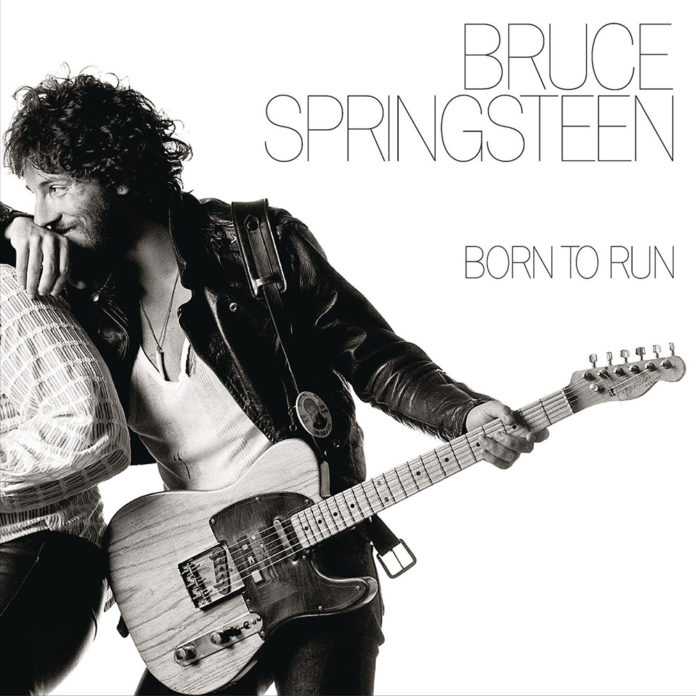Bruce Springsteen’s Born to Run is not just an album; it’s a rock milestone that transformed him from a promising artist to the global icon still selling out stadiums around the world. Released in 1975, it’s full of rich layers, intense studio production, and heartfelt storytelling. Yet, even longtime fans may not know some fascinating details about how Born to Run was made. Here are five lesser-known facts:
- It Took Half a Year to Perfect Just One Song
The title track, “Born to Run,” became a defining anthem, but Springsteen spent over six months working on it alone. This obsessive dedication to detail led to a final mix that combined 72 distinct tracks crammed onto a 16-track console. Each line, each note had to reflect the “cinematic drama” that Springsteen envisioned when he first came up with the song’s name. The track’s grueling creation became a testament to his drive to make not just a hit but a rock masterpiece. - The Legendary Cover Shot Was a Last-Minute Collaboration
The iconic cover image of Springsteen leaning on saxophonist Clarence Clemons wasn’t even planned in advance. Springsteen showed up to the photo session with Clemons after picking just him from the rest of the band in tow, leading to an impromptu, three-hour shoot that produced 900 frames shot by Eric Meola. The final image captured a moment of raw camaraderie and friendship and has since become one of rock’s most memorable album covers. - A Disastrous Early Mix Almost Scrapped the Album
After a near-constant year of recording and mixing, Springsteen’s first listen to the album’s acetate mix was disastrous. Frustrated, he reportedly threw the acetate into a hotel pool. It took the producer Jon Landau’s reassurance to keep Springsteen from scrapping the entire project. Finally, after multiple remixes, Springsteen approved a version, and the rest is history. - The Album’s Story Was Inspired by Noir Movies
Although Born to Run is steeped in Americana, Springsteen’s love of noir films played a huge role in shaping its themes. He used cinematic tropes of hard-edged characters and life on the run, reminiscent of noir characters trying to escape dead-end lives. This influence is especially evident in songs like “Meeting Across the River” and “Jungleland,” where characters are driven by dreams, desperation, and sometimes doom. - Steven Van Zandt Saved a Song at the Last Minute
“Tenth Avenue Freeze-Out,” which narrates the early days of Springsteen and his band, was almost derailed by incomplete horn arrangements. In a last-minute studio scramble, Springsteen’s friend Steven Van Zandt jumped in to arrange the horns on the spot. His input was so well-received that Van Zandt soon joined the E Street Band as an official member, adding another layer to the group’s sound and dynamic.
Born to Run didn’t just make Springsteen a superstar; it set the standard for how albums could tell epic, introspective, and universally relatable stories. For fans and newcomers alike, these behind-the-scenes details reveal just how much creativity, grit, and sheer willpower went into crafting one of rock’s most beloved records and one that still sounds great on the radio.







